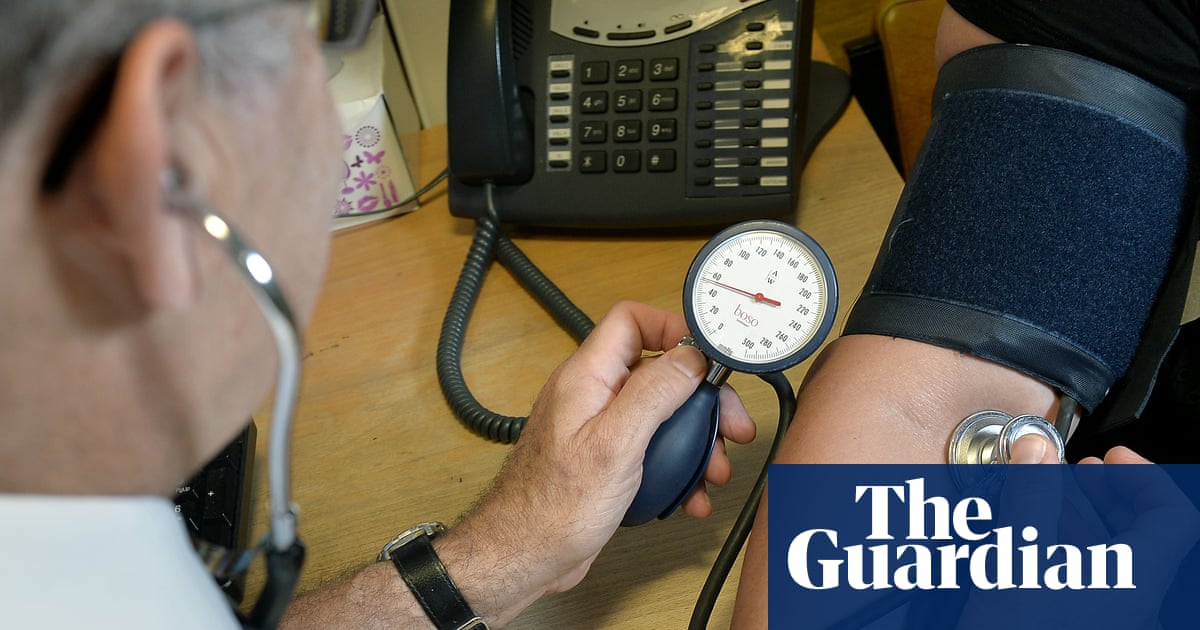The number of vape shops on high streets across England has increased by almost 1,200% over the past decade, while deprived areas have up to 25 times as many bookmakers and pawnbrokers as affluent ones, according to research.
In 2014, only 33.8% of 317 local authorities in England had a vape shop, rising to 97.2% in 2024. Similarly, in 2014 less than 1% of local authorities in England had 10 or more vape shops, rising to 28% in 2024.
The study, conducted by researchers at Health Equity North, looked at Ordnance Survey data to track how amenities had changed between 2014 and 2024. The amenities were divided into those seen as “health promoting”, such as pharmacies, libraries and supermarkets, and “health reducing” such as vape shops, bookmakers, takeaways and alcohol-only outlets.
They found a stark decline in healthier amenities, with unhealthy alternatives taking their place. Takeaway shops were up by almost a quarter (24%) across England, while the number of banks and building societies decreased by 40%, and supermarkets by 10%.
The report found there were stark regional divides across England regarding high-street amenities, with twice as many vape shops in the north of England. The number of takeaways in the north of England rose by a third (31%), compared with a rise of 18% in the south.
There were three times as many vape shops in deprived areas compared with the least deprived ones. Deprived areas also had 25 times more pawnbrokers and more than three times as many bookmakers.
Dr Eman Zied Abozied, research associate at Newcastle University Population Sciences Institute, said the study showed that high streets were becoming “less healthy and welcoming places to visit”.
“The disappearance of amenities such as supermarkets, banks, pharmacies and public toilets particularly affects groups such as women, children and the elderly,” she said. “But what we’re seeing impacts all of us. The deterioration of our high streets makes our centres feel less safe, less inviting, and ultimately makes us feel more disconnected as communities.”
She added: “It is important that we act now to reverse this decline. If we involve local communities in making decisions about their high streets, we can make our high streets and towns more accessible and healthy for everyone.”
Prof Clare Bambra, an academic co-director at Health Equity North and professor of public health at Newcastle University, said: “Over the last decade, our high streets have been hit by a devastating succession of shocks – from the impact of austerity to the Covid-19 pandemic. They’ve also been hollowed out by changing spending habits, and the rising cost of living.
“This trend has disproportionately affected the most deprived places in our country. The northern high street now has fewer places to go to buy essentials, as well as fewer supermarkets, public toilets and other amenities and resources. The north has twice as many vape shops as the south, as well as more takeaway outlets and bookmakers.
“You should be able to walk down a high street, and feel the uniqueness, culture and identity of that community. Through innovative design, better public transport, and measures that promote people over cars, we can rethink these spaces so they become ‘go-to’s’ rather than ‘ghost towns’.”
A government spokesperson said: “For years high streets have been starved of investment despite their potential to thrive, but we are taking decisive action to turn the tide through our Plan for Change.
“Councils and local leaders have powers to tackle persistently vacant properties in city, town and village centres by putting the leases up for auction to help restrict the types of businesses that fill those lots.
“We are driving regeneration and growth with £1.5billion through the Plan for Neighbourhoods to boost high streets, and we’re bringing empty shops back to life through our high street rental auctions.”
Local authorities with the most vape shops per 10,000 people in 2024 in England
City of London, London: 4.6
Blackburn with Darwen, north-west: 1.7
Preston, north-west: 1.6
Blackpool, north-west: 1.2
Bolton, north-west: 1.2
Lincoln, East Midlands: 1.2
Thanet, south-east: 1.2
Chesterfield, East Midlands: 1.1
Hyndburn, north-west: 1.1
Derbyshire Dales, East Midlands: 1

 3 months ago
97
3 months ago
97

















































